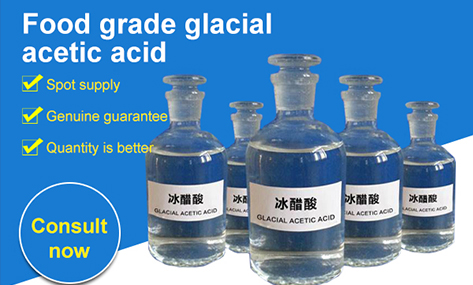
11月 . 24, 2024 10:41 Back to list
glacial acetic acid safety
Safety Measures for Handling Glacial Acetic Acid
Glacial acetic acid, known chemically as ethanoic acid, is a colorless liquid with a pungent smell that is widely used in various industrial and laboratory applications. While it possesses many beneficial properties, its high purity and concentration make it a hazardous substance that requires careful handling to ensure the safety of personnel and the environment. This article outlines the safety measures that should be adhered to when working with glacial acetic acid.
Understanding the Hazards
Glacial acetic acid is classified as a corrosive substance. It can cause severe burns on contact with skin and can severely irritate the eyes, leading to potential vision impairment. Inhalation of vapor can result in respiratory tract irritation, which may manifest as coughing, throat irritation, or more severe respiratory issues. Its flammable nature poses an additional risk, as it can easily ignite given the right conditions.
Personal Protective Equipment (PPE)
To minimize exposure and injury risk, the proper selection and use of personal protective equipment is crucial. This includes
1. Gloves Use chemical-resistant gloves made of materials such as nitrile or neoprene to protect against skin contact. 2. Eye Protection Safety goggles or face shields must be worn to prevent eye exposure, as splashes can lead to serious damage.
4. Respiratory Protection In situations where ventilation is inadequate or where vapor exposure may occur, respirators with acid gas filters may be necessary.
glacial acetic acid safety

Proper Handling and Storage
When handling glacial acetic acid, it is essential to follow established safety protocols. Always work in a well-ventilated area or use a fume hood to minimize inhalation risks. When transferring the acid from one container to another, use appropriate transfer equipment to avoid spills. Additionally, label all containers clearly, using hazard symbols to highlight the risks associated with the material.
Storage of glacial acetic acid should be in a cool, dry place, away from incompatible substances, such as strong oxidizers and bases. Use chemical storage cabinets that are designed for corrosives, and ensure that the area is equipped with proper spill containment measures.
Emergency Procedures
In case of an accident or spill, it is vital to act quickly and follow the correct emergency procedures. This includes having safety data sheets (SDS) readily accessible, which provide detailed information about the substance, its hazards, and necessary first aid measures.
In the event of skin contact, quickly remove contaminated clothing and rinse the affected area with running water for at least 15-20 minutes. For eye contact, flush the eyes with water or saline solution for a minimum of 15 minutes and seek medical attention. If inhaled, move the individual to fresh air immediately and seek medical assistance if necessary.
Conclusion
While glacial acetic acid is an invaluable substance in many applications, its hazards cannot be overlooked. By implementing the appropriate safety measures, utilizing personal protective equipment, and preparing for emergencies, individuals can work safely and effectively with this chemical. Always prioritize safety to ensure a secure working environment.
